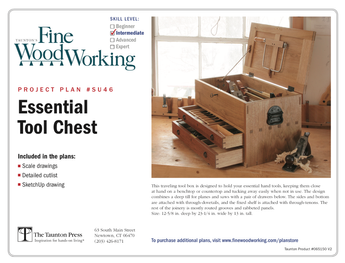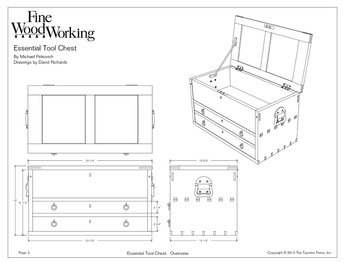Pigstickers are popular as a “I’ll acquire that” tool. I had two sets of them, one of the iles types and then cast them off for a set of IH sorby chisels, which I like some better.
but it’s hard to find mortises big enough to use them as the primary bevel is long. The way pigstickers are used is not taking little wafers like the bench chisel demonstrations, and the videos of people using a pig sticker with the bevel facing up toward open space drive m up a wall. It always seemed to make sense that if a mortise chisel has height, it’s intended to be used to rotate bevel into the wood, which is the case – taller chisels will rotate more and move off more wood at once.
you can mallet a pigsticker facing away from you defining the near line with the back of the chisel just short of your mark, and then work away from you, lifting chips out with the handle vertical. the chisel will work at an angle that is not perpendicular to the grain, but if you pay attention, it is easier for the chisel to cut working at an angle from perpendicular vs. going directly across the grain. It’s not hard to pare wood directly across the grain and then up from the end at a 30 degree angle to see that the latter takes less force.
As you approach the ends with the bevel buried, you can continue to increase the angle of the chisel back toward you until it’s cutting vertical at the far end, and the height of a pigsticker and the rounded top makes it easy to release slightly from the bottom uf the cut ( so you don’t break tips off), lean it back just slightly, and quickly and push forward and get a “pop” as the wood releases. As you move toward the far end, the thickness of the chip removed gets bigger as you get to the bottom. if you try to do this with a bench chisel, it wont’ work. If you use a pigsticker, you can progressively go down splitting great long chips free of the side.
I thought I could find this in nicholson, but nicholson describes the chisel and then doesn’t say anything about use. Nicholson and holtzappfel both have superb stuff written about using tools from a time period when they were used gainfully for a lot of work, and not to attract viewers to sell subscriptions, and so on.
Hotlzappfel has a fantastic diagram and descriptoin of the use of the pigstickers that I wouldn’t have anticipated – it may not be accessible to beginners as you don’t just hold the chisel vertically the whole time until the ends, but for anyone with some experience, it expands further than I’d have guessed cutting more up the grain and across it and then progressively moving toward vertical at the far end of the mortise. you only flip the direction of the chisel once to clean up the far end if it is not vertical with the bevel facing into the far end. The video of strazza flipping a pigsticker back and forth was a little triggering – nobody would ever have done that, nor would have anyone used a 5/8″ thick chisel with the bevel up facing open air.
This holtzappfel book is public domain and on google. Notice the shell type pattern of the cuts in the picture – the chisel is working back toward the near side rather than vertical early on and then the cuts gradually work to vertical, which with the bevel down means the chisel is by then toward you. A whole lot more material removal is being done “up the grain” at a slighter angle, which would speed things up drastically.
Page 715 and 716 of the link. This would work with any chisel that has reasonable thickness and isn’t too flexible, but it also negates my thought that the chisels were only used for mortises much deeper than the bevel. they would only need to be used on work that’s a little deeper than the bevel.
https://www.google.com/books/edition/Turning_and_Mechanical_Manipulation/rVBIAAAAYAAJ?hl=en&gbpv=1&dq=holtzapffel+mortise+chisel&pg=PA715&printsec=frontcover
I post this because I’ll bet people buy pigstickers left and right due to glowing influencer talk and so on, and nobody gets to enjoy using them as much as we could.














